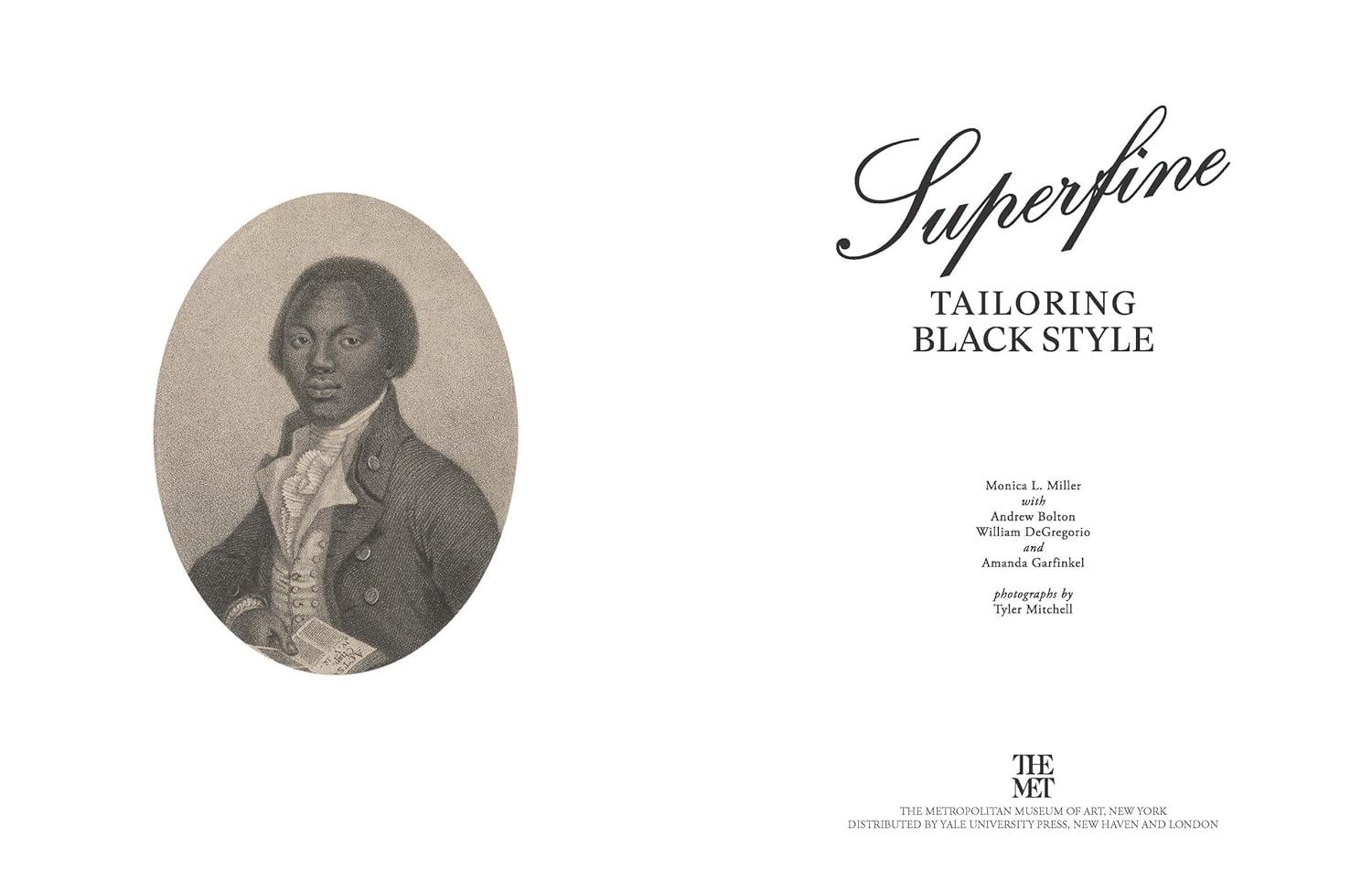
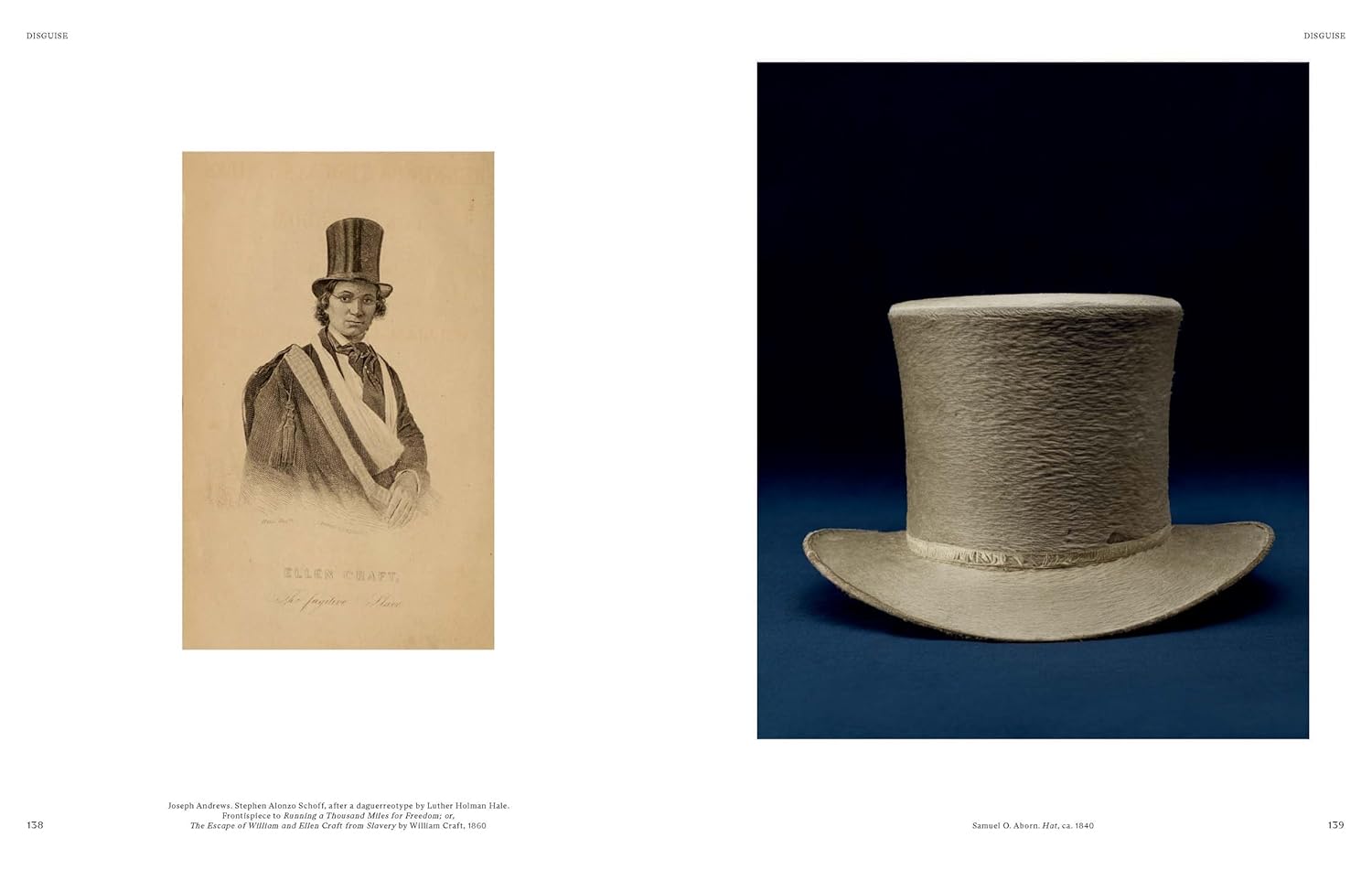
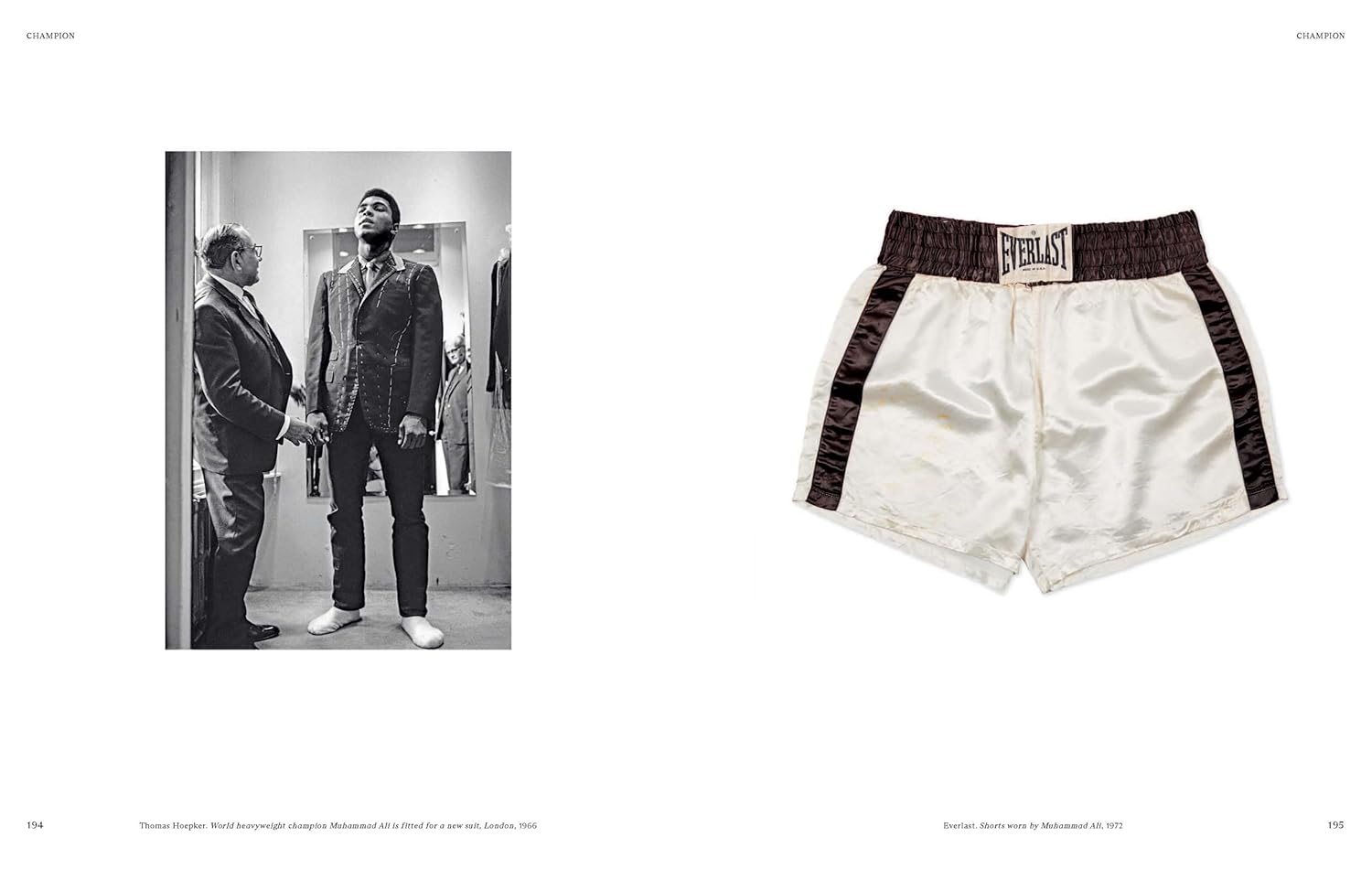
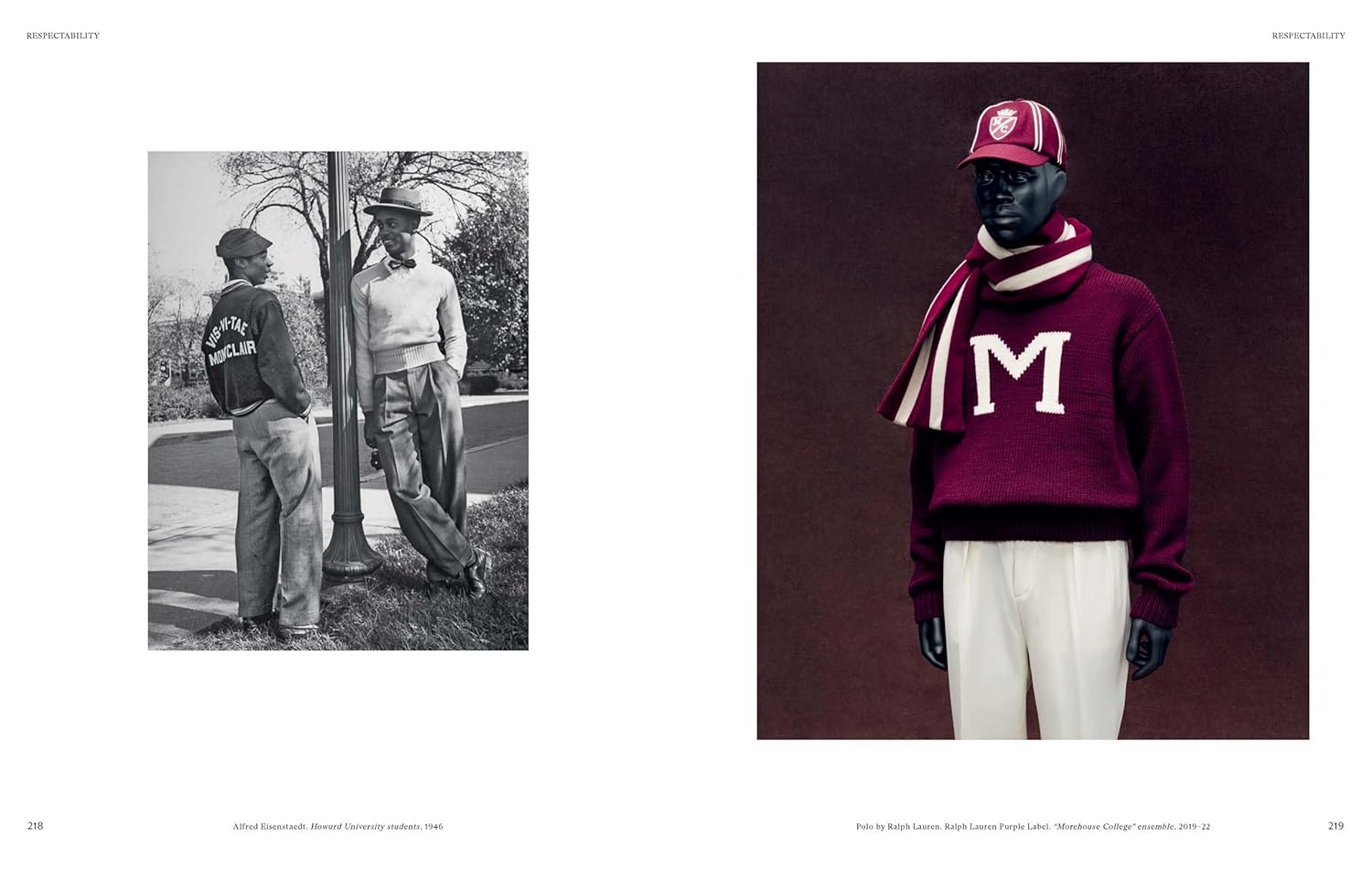
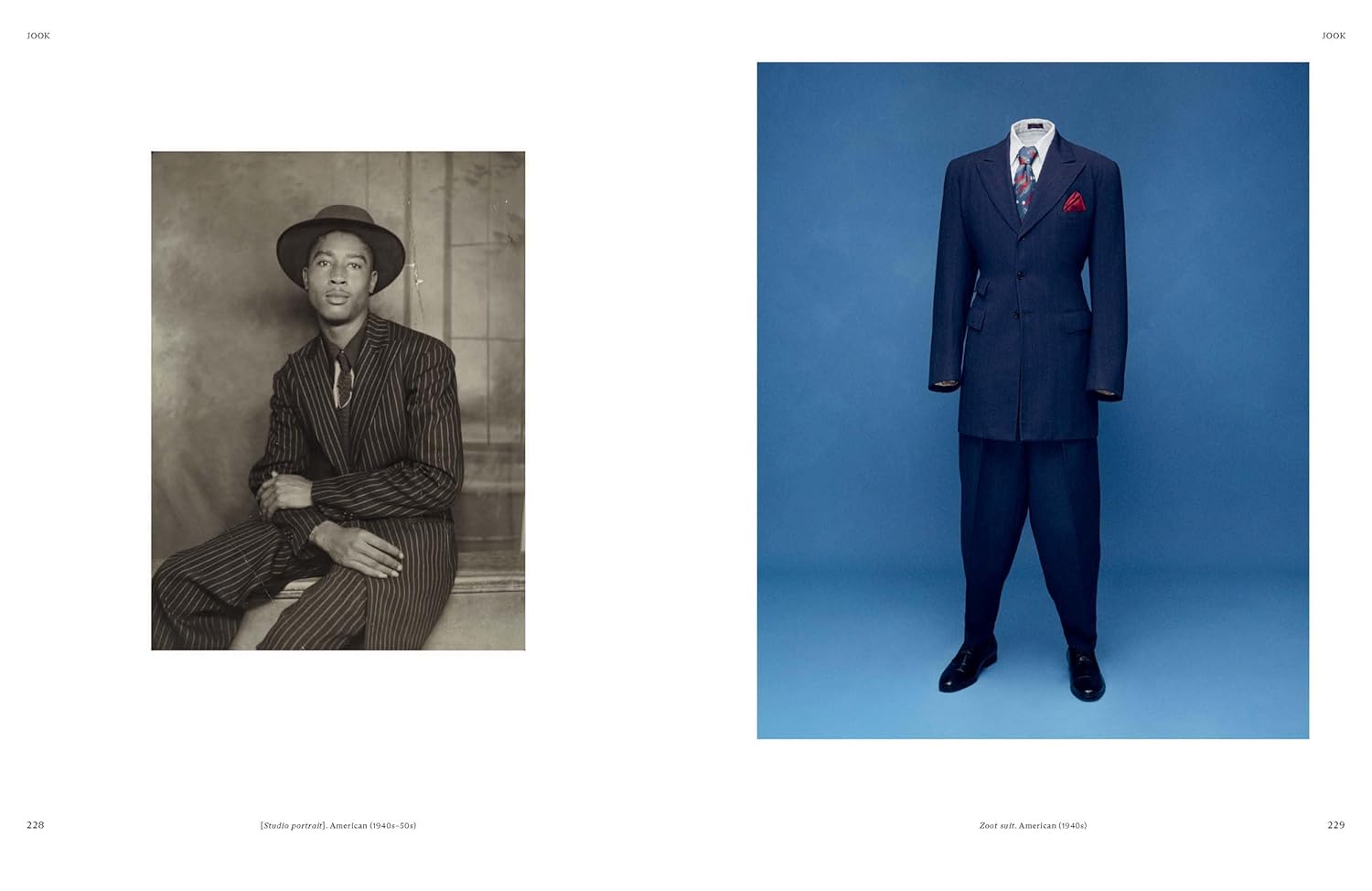
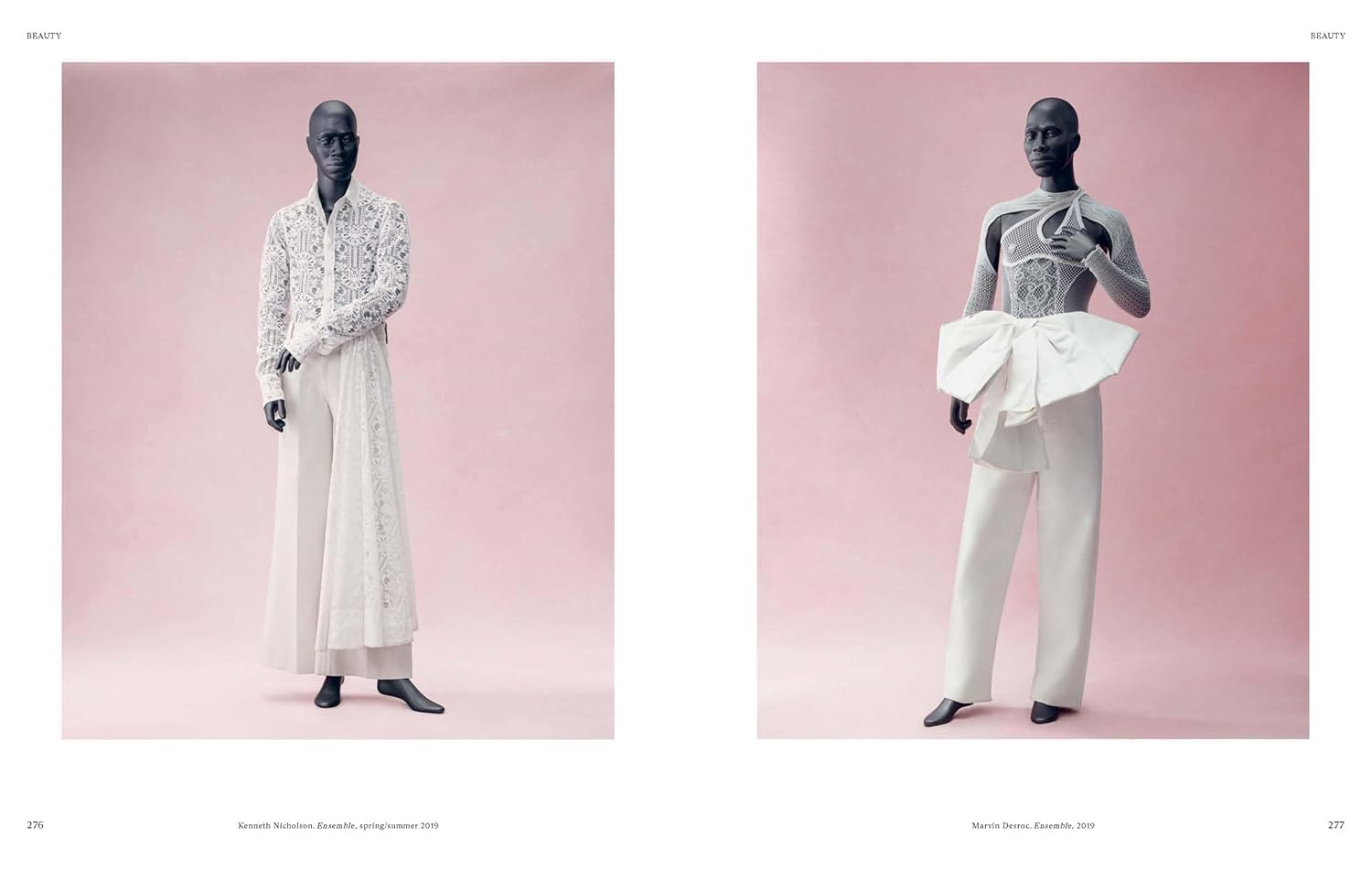
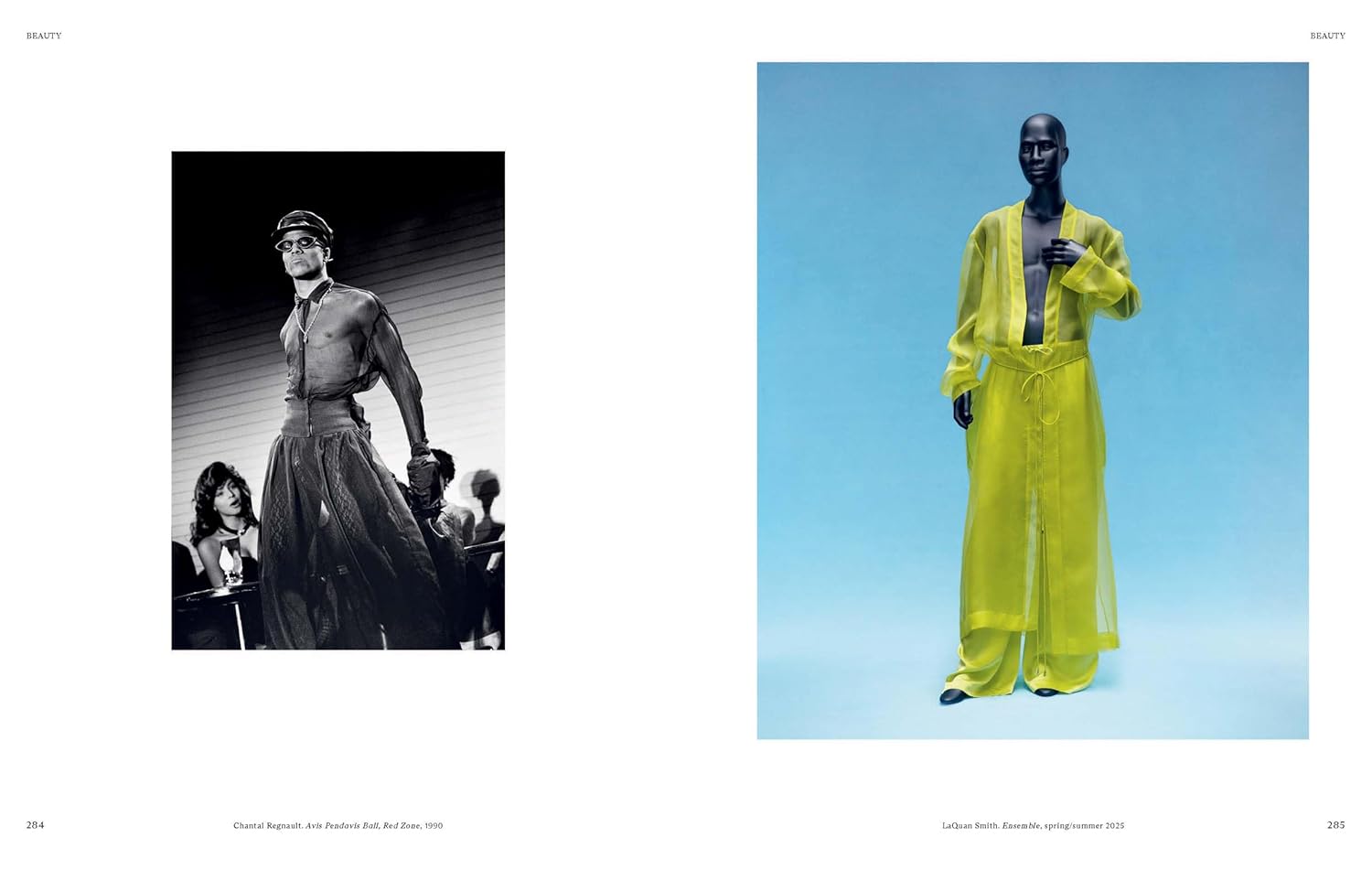
Product Review: Superfine: Tailoring Black Style
The Superfine: Tailoring Black Style is a captivating exploration of Black dandy fashion and its nuanced representation across art and literature. With an ambitious scope covering over three centuries, this catalogue, produced by The Metropolitan Museum of Art and distributed by Yale University Press, serves not only as a retrospective, but as a contemporary examination of how Black men’s fashion has evolved and influenced cultural perceptions of masculinity.
A Rich Tapestry of Themes
Superfine delves deep into the history and significance of Black menswear, tracing its origins back to the restrictive uniforms worn by enslaved individuals and servants. This connection to the past enriches the narrative woven throughout the pages, illustrating how style has been transformed from imposition to self-expression. The book highlights the duality of dandyism’s legacy, encapsulating a journey from a symbol of oppression to a powerful tool for creativity and political agency, particularly during key cultural movements like the Harlem Renaissance and the civil rights movement.
One of the most remarkable aspects of this catalogue is its organization around key characteristics of dandyism: presence, distinction, disguise, and respectability. Each of these themes resonates throughout the historical and contemporary lenses presented, allowing readers to gain a multi-faceted understanding of fashion beyond mere aesthetics.
Stunning Visuals and Contributions
Visually, Superfine is a feast for the eyes. The catalogue includes a stunning photo essay by artist Tyler Mitchell, showcasing self-described dandies and high-fashion models that capture the essence of contemporary Black style. Alongside these modern representations are historical garments worn by influential Black figures such as Frederick Douglass, Muhammad Ali, and André Leon Talley. This juxtaposition of past and present allows for a richer understanding of how fashion acts as a visual narrative of identity and ambition.
The inclusion of works by renowned contemporary designers, including Virgil Abloh and Pharrell Williams, positions Superfine at the forefront of current fashion discourse. These contributions emphasize the ongoing significance of Black voices in redefining clothing as a medium of self-expression. The juxtaposition of historical attire with modern designs underscores the legacy of Black fashion as not merely a reflection of its time, but as an evolving art form of its own.
Scholarly Insight and Context
Monica L. Miller’s scholarly input elevates the catalogue, contextualizing the garments and themes within broader discourses of race, identity, and masculinity. Her analytical approach offers depth and exploration, bridging historical contexts with contemporary relevance. This aspect of the book not only highlights the garments themselves but also articulates the larger cultural implications they carry. Miller’s insight reinforces how clothing can serve as a powerful vehicle for self-actualization and societal commentary.
Format and Accessibility
The publication, with a print length of 372 pages, boasts a large format (8.98 x 1.18 x 12.01 inches) that allows for expansive visuals and detailed textual content. This thoughtful design enhances the reading experience, ensuring that the imagery and text work in harmony to create an engaging exploration. Weighing in at just over 5 pounds, the book feels substantial, yet it is manageable for a coffee table display or an in-depth study.
Inspirational Content
Readers can expect to be inspired not only by the fashionable aspects discussed but by the powerful narratives behind them. Through Superfine, one witnesses how clothing can convey messages of defiance, hope, and individuality. The narratives that accompany the visuals invite readers to reflect on their own interpretations of fashion and identity within a societal framework.
Conclusion
In a world often dominated by fleeting trends and superficial interpretations of fashion, Superfine: Tailoring Black Style stands as a significant work that balances aesthetic allure with intellectual rigor. Its examination of Black dandyism provides crucial insights into how fashion interacts with culture, identity, and history. The catalogue is a must-read for anyone interested in the intricate layers of menswear, fashion studies, and the role of Black culture in shaping contemporary style.
Whether displayed prominently on a coffee table or studied thoroughly as a scholarly resource, Superfine offers immense value, making it an essential addition to the libraries of fashion enthusiasts, historians, and general readers alike. It is a celebration of resilience and creativity, illustrating that while styles may evolve, their roots and relevance remain timeless.


